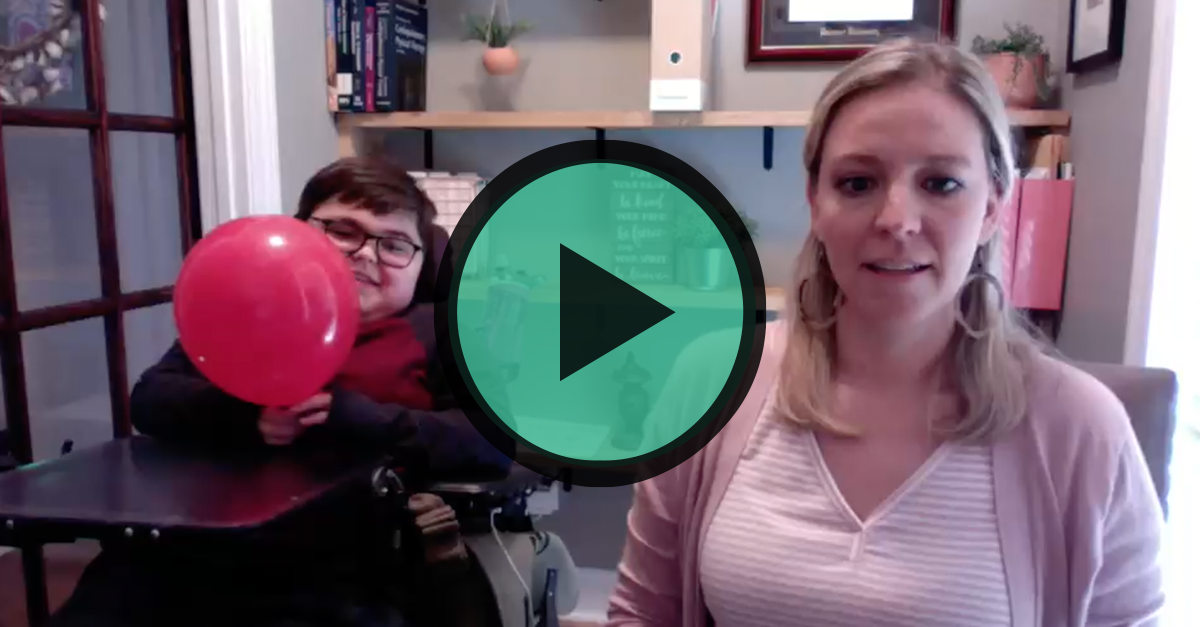
The lungs of people living with Duchenne are not directly affected by the lack of dystrophin in Duchenne. However, the muscles responsible for breathing, including the diaphragm and the intercostal muscles (the tiny muscles between the ribs), can gradually weaken over time. As these muscles become weaker, patients can develop shallow breathing (hypoventilation) and a weak cough. This is especially important to consider during times of respiratory illness, and in this case, a potential COVID-19 infection.
To keep the lungs and breathing muscles working their best, it is important to practice lung volume recruitment (sometimes called breath stacking). This involves moving air in to the lungs to inflate them to their largest volume in order to stretch the chest muscles to prevent muscle tightening and infections. You can think of lung volume recruitment as “physical therapy” for your lungs.
Using Your Cough Assist Machine
One way to do this is by using your cough assist machine. Work with your pulmonologist to determine the settings of your machine, and with a respiratory therapist on how to use it properly. Your care team may be available through telehealth conferencing if you have any questions about using your cough assist during the COVID-19 pandemic.
Breath Stacking Without Equipment
If you or your child does not have a cough assist machine available or one is not indicated yet, breath stacking can be done without any equipment. To demonstrate this process, please view the video below created by Amber Sapp, a physical therapist, with the help of her son, Garrett.
Demonstration:
Recommended Practice
We recommend practicing lung volume recruitment/breath stacking at least 1-2 times per day, or more often as advised by your pulmonologist and respiratory therapist. For more information about respiratory health, check out our collection of videos, created in partnership with Santhera Pharmaceuticals.



 by: Parent Project Muscular Dystrophy
by: Parent Project Muscular Dystrophy

